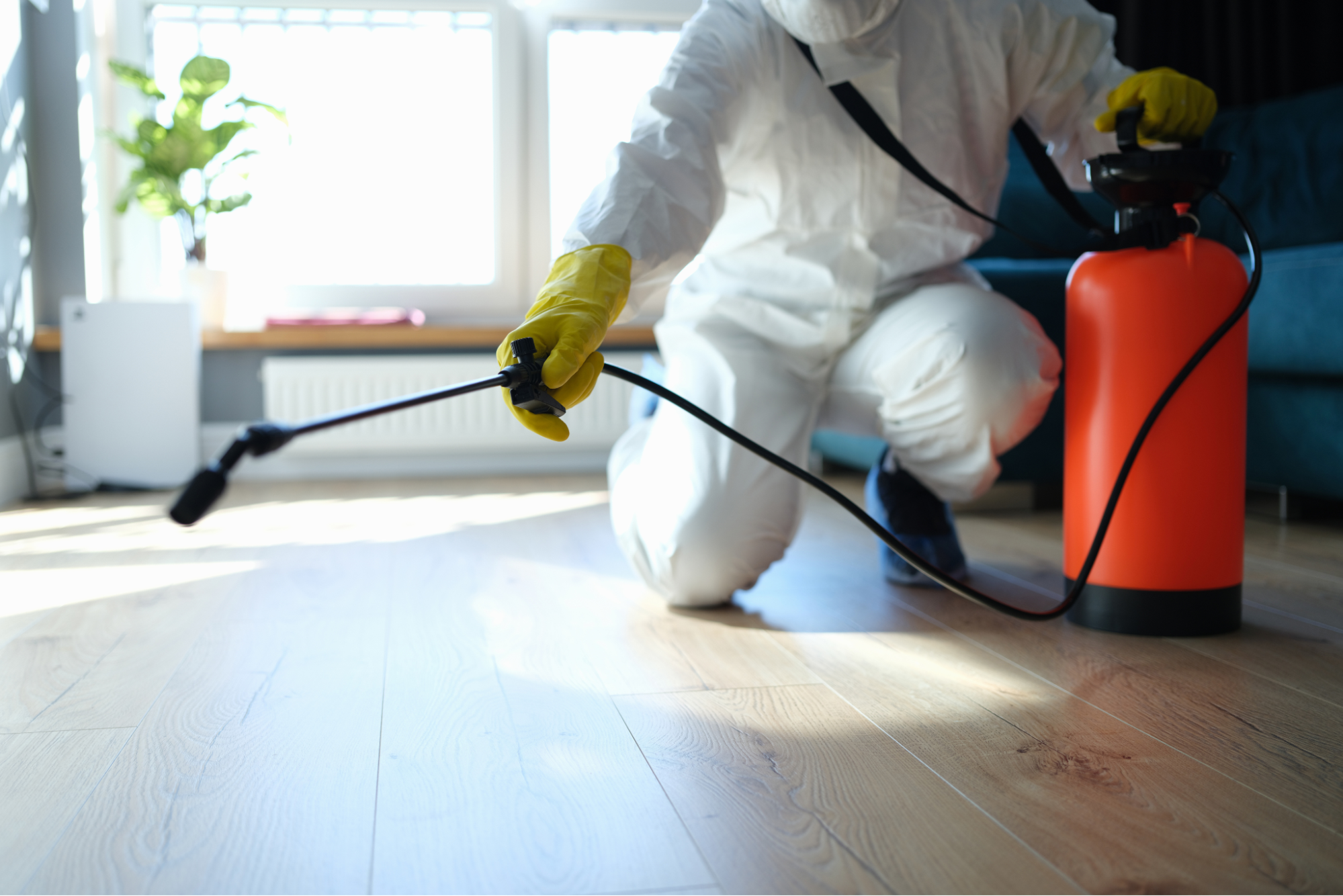A1 Pest Control Charlotte NC Bed Bugs - Expert Elimination Services
Wiki Article
Bed Pest Treatment Failure: Comparing Chemical Vs. Non-Chemical Solutions
In the realm of bug control, particularly when dealing with the consistent concern of bed bugs, the option in between chemical and non-chemical therapy solutions can be a critical one. Both strategies provide distinctive advantages and drawbacks, influencing aspects such as performance, safety considerations, and overall expense. By analyzing the nuanced information of each method, a clearer understanding of which course to seek in addressing a bed bug invasion can be obtained.Performance of Chemical Therapies
Chemical treatments for bed bug infestations have been widely acknowledged for their powerful and fast efficacy in getting rid of these bugs. When considering the performance of chemical treatments, it is essential to understand that they can supply a comprehensive and fast remedy to a bed pest problem. Professional exterminators frequently count on insecticides to target bed bugs at various phases of their life process, including adults, fairies, and eggs. These chemicals generally function by interfering with the bed insects' nerve system, leading to paralysis and ultimate fatality.Furthermore, chemical treatments have the advantage of offering residual results, suggesting that they can proceed to remove bed pests even after the preliminary application. This residual activity is particularly helpful in combating any kind of possible re-infestations. Additionally, the fast activity of chemical treatments can bring relief to individuals dealing with severe bed insect problems, allowing them to gain back control of their space rapidly.
Security Interest In Chemical Solutions
One critical element that requires mindful consideration when making use of chemical remedies for bed bug therapy is guaranteeing the security of occupants and the environment. Exposure to particular chemicals utilized in bed pest therapies can lead to respiratory system issues, skin inflammation, or other unfavorable reactions, especially in people with pre-existing conditions or sensitivities.In addition, the ecological influence of chemical services is one more considerable consideration. Some chemicals made use of in bed bug therapies may be hazardous to valuable bugs, wild animals, and communities if they seep into the dirt or water supply. It is important to utilize chemical treatments deliberately, following security standards, and thinking about less harmful choices to mitigate these dangers and make sure the effective and secure management of bed bug problems.
Benefits of Non-Chemical Techniques
Thinking about the possible safety and security concerns and ecological effect connected with chemical solutions for bed bug treatment, exploring non-chemical approaches offers an appealing choice with numerous distinct benefits. Non-chemical therapies are environmentally pleasant, as they do not contribute to air or water air pollution, making them a sustainable choice for parasite control.Furthermore, non-chemical remedies can be reliable in targeting bed bugs, consisting of hard-to-reach locations where chemical treatments may not pass through. Approaches such as warmth therapy, vacuuming, steam cleaning, and cushion coverings provide thorough removal without the use of unsafe chemicals. Additionally, visite site non-chemical strategies can be less disruptive, requiring very little preparation and permitting quicker reentry right into dealt with locations. Overall, going with non-chemical bed insect treatment techniques not only focuses on safety and security and environmental management but also guarantees extensive and efficient bug control.
Limitations of Non-Chemical Treatments

Additionally, non-chemical treatments usually call for numerous applications to attain successful eradication. This can be lengthy and might not always assure complete removal of all bed pests and their eggs, specifically in concealed or hard-to-reach locations.
Furthermore, the success of non-chemical therapies heavily depends on proper application and thoroughness, which can be testing for people without specialist experience. Poor application of non-chemical methods might lead to incomplete obliteration, bring about relentless invasions and the need for added therapies.
As a result, while non-chemical therapies have their advantages, it is vital to recognize these restrictions and consider them when establishing one of the most reliable approach for handling bed bug problems.
Price Comparison: Chemical Vs. Non-Chemical Options
Given the restrictions connected with non-chemical therapies, a crucial aspect to evaluate in the context of bed insect management is the price contrast between chemical and non-chemical alternatives. Chemical treatments normally entail read here the application of pesticides by experts, which can range from $250 to $900 per room, depending on the severity of the infestation and the dimension of the area to be treated. In contrast, non-chemical therapies like warm treatment or vapor can be more expensive, with prices varying from $1,000 to $6,000 for an entire home. While the first expense of chemical therapies may seem reduced, multiple therapies may be needed to completely eliminate the invasion, possibly boosting the overall cost. On the various other hand, non-chemical alternatives may supply an extra lasting and environment-friendly remedy, although they can be cost-prohibitive for some individuals. Ultimately, when taking into consideration the expense of bed bug therapy alternatives, it is important to consider the upfront expenditures against the performance and long-term sustainability of the chosen technique.Final Thought

Considering the possible safety worries and ecological impact associated with chemical remedies for bed insect therapy, discovering non-chemical approaches provides an appealing choice with several unique advantages.Given the limitations associated with non-chemical treatments, an essential aspect to assess in the context of bed insect administration is the expense contrast in between chemical and non-chemical choices. In comparison, non-chemical treatments like warm therapy or vapor can be a lot more expensive, with expenses ranging from $1,000 to $6,000 for an entire home. While the first price of chemical therapies might appear lower, numerous treatments may be called for to totally get rid of the infestation, possibly boosting the general price.In conclusion, when comparing chemical and non-chemical bed bug therapy choices, it is necessary to consider effectiveness, security, advantages, limitations, and cost.
Report this wiki page